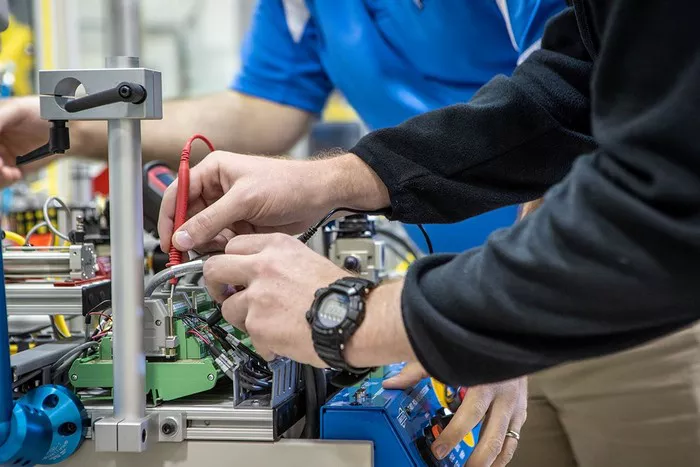Rotary engines, initially introduced as a niche automotive solution in 1961, gained fame through Mazda’s use of the Wankel rotary piston in their iconic RX-7 sports car. Despite the RX-8’s short-lived legacy, the pinnacle of rotary engineering was widely considered to be Mazda’s 2.6-liter quad-rotor Wankel engine that triumphed in the 1991 Le Mans 24-hour race. But now, rotary enthusiast Rob Dahm is redefining the limits of what these engines can do with a mind-boggling 12-rotor, 15.7-liter, tri-turbo engine designed for a speedboat.
The Creation of a Monster Engine
More than a decade ago, high-performance engine builder Tyson Garvin took inspiration from a marine big-block Chevrolet V8 and designed a Y-configuration, 12-rotor engine. The idea was to fit the engine into a similar space while delivering significant power. Originally, the engine produced a modest 100 horsepower at 8,000 rpm but unleashed a staggering 800 lb-ft of torque at just 2,000 rpm. After some tweaking, Garvin achieved 497 hp at 3,200 rpm, with rumors suggesting a peak of 1,400 horsepower at 10,000 rpm.
In 2023, Garvin passed the engine on to Rob Dahm, who is now working toward pushing the power output to an extraordinary 5,000 horsepower.
Turbocharging for Maximum Performance
To further enhance the engine’s power, Dahm added three turbos—one for each bank of four rotors—boosting the output of the already formidable engine. This modification required extensive work on the intake system, fuel rails, and exhaust components. Additionally, the team switched to ethanol fuel, which burns cooler than gasoline, to better manage the engine’s extreme heat. Eventually, they plan to transition to methanol for even greater cooling.
During testing, the team encountered setbacks, including a blown manifold when the boost reached 200 PSI. Despite the danger, they built a custom adapter for the dyno and continued their work. Initially, they limited the engine’s RPM to 4,000 to avoid further damage. Even at these low revs, the engine began to build boost, confirming the engine’s potential. In the second run, the engine produced 750 lb-ft of torque at 3,500 rpm without any boost. At 7,600 rpm and 6 PSI of boost, it showed the raw potential to hit 5,000 hp.
Could It Power a Car?
While the engine’s current form is designed for marine use, Dahm has not ruled out adapting it for a car. The key difference between a boat and car engine lies primarily in cooling and exhaust systems. With 750 lb-ft of torque at 3,500 rpm, it’s clear the engine has the capability to generate an insane amount of torque when it reaches its goal of 5,000 horsepower—potentially upwards of 4,000 lb-ft of torque. For comparison, the Koenigsegg Gemera produces a mere 2,581 lb-ft of torque. Such power could make the engine ideal for high-performance applications, such as drag racing, where torque is crucial.
For now, Dahm is focused on pushing this engine toward the 5,000-hp mark, with the potential to redefine the limits of rotary engineering in the automotive world.

